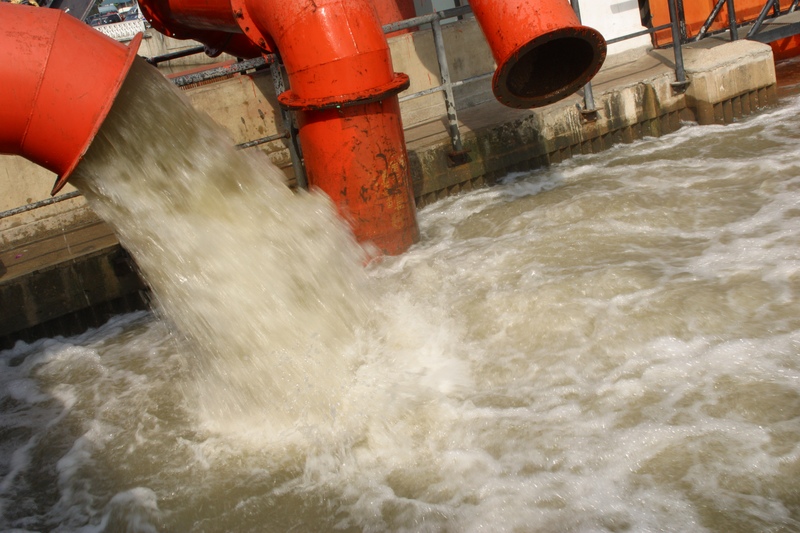Trace concentrations of synthetic chemicals expelled in effluent and discharged to lakes, rivers, and streams are found in extremely small concentrations, just nanograms or micrograms, but the toxicity is not well understood in human bodies and the broader ecosystem.
Further, little is known about the effects of byproducts created during advanced oxidation water treatment processes, through which numerous chemical byproducts can be created.
New research from the University of Michigan has sought to better track these processes to provide scientists and plant managers with clearer understanding of the mechanisms by which chemical byproducts are created during the treatment process.
“When we do water treatment using advanced chemical oxidation, those oxidants destroy target organic compounds but create byproducts. Some byproducts may be more toxic than their parent compound,” said Daisuke Minakata, assistant professor of civil and environmental engineering at Michigan Technological University. “We need to understand the fundamental mechanisms of how the byproducts are produced and then we can predict what to be produced from many other chemicals. We found more than 200 reactions involved in acetone degradations based on computational work.”

Minakata with coauthors Divya Kamath and Stephen Mezyk, sought to understand those mechanisms using acetone as a test case.They built upon a 1999 experimental study of acetone reaction pathways during treatment, using quantum mechanical calculations to predict the chemical byproducts that occur as acetone degrades during the advanced oxidation process.
Their results are published in the article, Elucidating the Elementary Reaction Pathways and Kinetics of Hydroxyl Radical-Induced Acetone Degradation in Aqueous Phase Advanced Oxidation Process, in the journal Environmental Science and Technology, published by the American Chemical Society.
Minakata’s team compared the model’s predictive results to the 10 byproducts observed in the 1999 experimental study, and the model’s results track accurately with the observed reaction pathways.
Advanced oxidation is a very effective and an important way to treat water and effluent, so its use should not be discontinued. Many communities in arid regions are running out of water and must adopt direct potable reuse. If synthetic organic chemicals and their oxidized byproducts are not removed from the water, people and animals consume them.
In the Great Lakes region, upstream communities discharge treated wastewater into lake and rivers. People living downstream use that water, and existing, conventional treatment processes do not remove all organic chemicals effectively. Advanced oxidation can effectively target specific organic chemicals to remove them from water. Modeling reaction pathways is critical to help water treatment managers understand how best to deploy their treatment regime.
A limitation of Minakata et al.’s work is that the model applies solely to a structurally simple organic contaminant like acetone. Other compounds have extraordinarily complex structures, but the necessary computational capacity to calculate the reaction pathways of complex structure sis lacking. Minakata’s team used the Superior supercomputer at Michigan Tech. Superior puzzled away on the acetone pathways with hundreds of calculations— some of which can took more than weeks.









